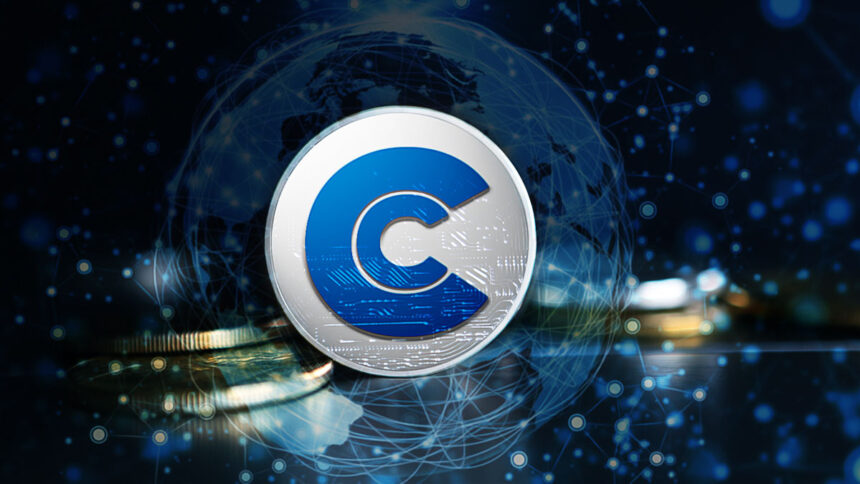In a significant regulatory shift, the U.S. Securities and Exchange Commission (SEC) has eased its stance on certain stablecoins, indicating that specific tokens will not be classified as securities under certain conditions. This decision allows these altcoins to operate outside SEC regulation, providing a much-needed reprieve for altcoin projects that have been navigating regulatory hurdles.
What are “Covered Stablecoins”?
The SEC introduced the term “Covered Stablecoin,” which refers to stablecoins designed to maintain a 1:1 value ratio with the U.S. dollar. To qualify as a Covered Stablecoin, these tokens must be fully backed by secure and liquid assets, ensuring that their total value meets or exceeds the amount in circulation.
Will All Stablecoins Benefit?
Not all stablecoins will benefit from this new classification. The SEC clarified that algorithmic stablecoins, those offering interest, or coins pegged to assets like gold or foreign currencies do not qualify. These tokens may still be deemed securities, subjecting them to potential regulatory scrutiny.
Although the regulatory easing presents advantages, it includes notable limitations. Coins classified as Covered Stablecoins are prohibited from distributing interest or any returns to their users. While issuers can earn interest from their reserves, sharing that income with users is not allowed, raising concerns about innovation stifling in the cryptocurrency space.
Industry leaders like Coinbase’s CEO have voiced concerns over these restrictions, urging legislative changes to permit interest earning without securities classification. Meanwhile, Circle’s leadership has welcomed the SEC’s decision, emphasizing the importance of dollar-backed stablecoins for market stability.
The regulatory landscape surrounding stablecoins is also evolving in Congress, with bipartisan proposals gaining traction. As the election season approaches, discussions around cryptocurrencies and stablecoins are increasingly becoming prominent on political agendas.
- The SEC’s new category of “Covered Stablecoins” offers regulatory clarity.
- Only stablecoins backed by U.S. dollars qualify for this new classification.
- Coins with algorithmic structures or interest offerings remain under scrutiny.
- Stablecoin issuers cannot share interest income with users.
- Congress is actively pursuing stablecoin legislation with bipartisan support.
This regulatory shift is poised to reshape the stablecoin market, providing clearer guidance while also presenting new challenges for innovation within the sector.













